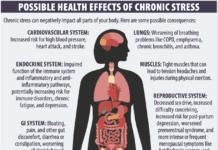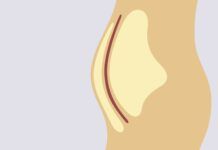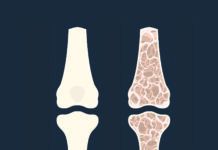
Image © ValentynVolkov | Getty Images
A. Cardiovascular disease can be thought of as one of many different cardiometabolic diseases. Jos Ordovs, PhD, director of the Nutrition and Genomics Research Lab at Tufts’ HNRCA, explains further: “Cardiovascular diseases include heart attack, stroke, angina (chest pain) and other disorders of the vascular system. Cardiometabolic diseases include these cardiovascular conditions, plus others, such as insulin resistance, diabetes and non-alcoholic fatty liver disease. Cardiometabolic diseases tend to have a number of risk factors in common.
“Cardiometabolic risk factors include, at minimum, abdominal obesity (waistline 40 inches or more in men, 35 inches or more in women); high fasting triglycerides; low ‘good’ HDL cholesterol; and elevated blood pressure. These four factors together are often referred to as metabolic syndrome.
“When two or more of these risk factors coexist, it doubles the risk of heart attack and stroke and increases the risk of diabetes by a factor of 5 (both over a period of 5 to 10 years). Some experts have proposed additional cardiometabolic risk factors, including high levels of C-reactive protein in the blood, a marker of chronic inflammation thought to contribute to cardiovascular disease.
“Risk factors allow doctors and researchers to identify individuals who may be at risk of more serious cardiometabolic diseases and take corrective action. If you have risk factors for cardiometabolic disease, the first step is to institute changes in lifestyle, such as losing weight and eating a healthier diet.”
























